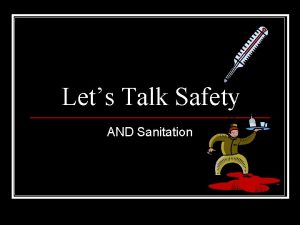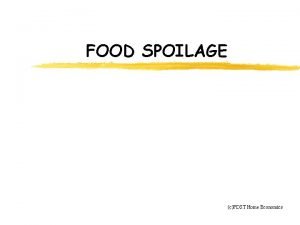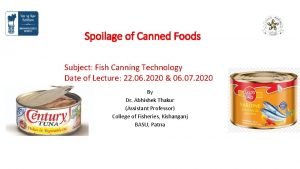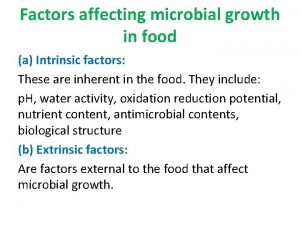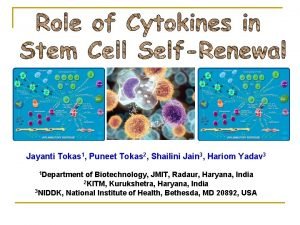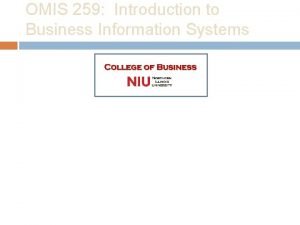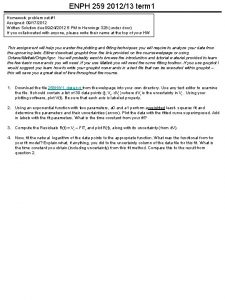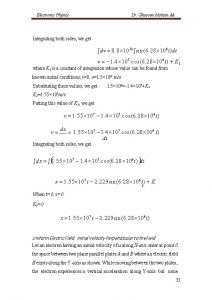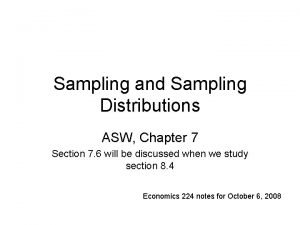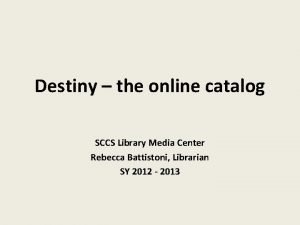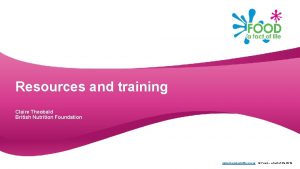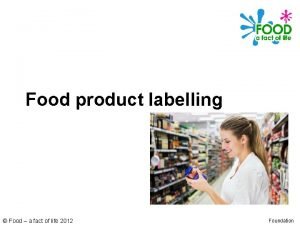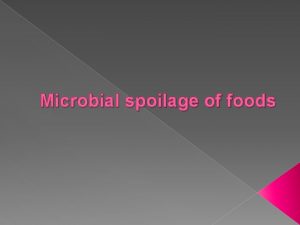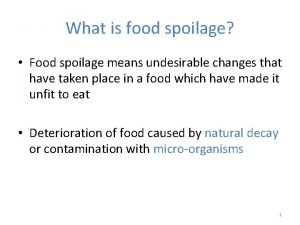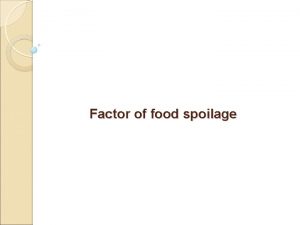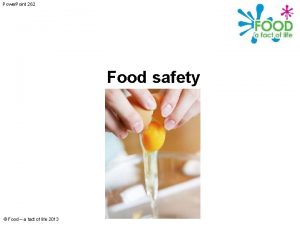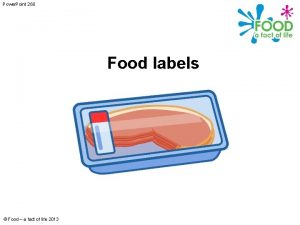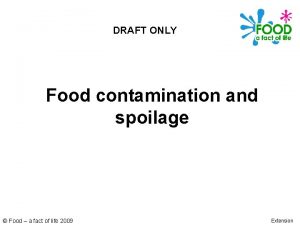Power Point 259 Food spoilage Food a fact

















- Slides: 17

Power. Point 259 Food spoilage © Food – a fact of life 2013

Food can spoil and decay due to the action of: micro-organisms © Food – a fact of life 2013 insects pests or pets

Sometimes, food may spoil because of the changes in the food itself. © Food – a fact of life 2013

When food spoils, the following may change: • appearance • taste • texture • odour Food may become unsafe to eat. © Food – a fact of life 2013

Micro-organisms are everywhere. Micro-organisms can be carried by food, people, dirty equipment, animals and pests. Most are harmless. © Food – a fact of life 2013

What are micro-organisms? Micro-organisms Very small © Food – a fact of life 2013 Living things

Food poisoning is caused by some of these micro-organisms. These are called food poisoning bacteria. © Food – a fact of life 2013

There are beneficial uses of some micro -organisms. • Bread dough – raising agent. • Yogurt making – fermentation. © Food – a fact of life 2013

Micro-organisms need certain conditions to grow – this is why food needs to be stored properly. Micro-organisms need: warmth © Food – a fact of life 2013 food time

Warmth The ideal temperature is 5 o. C to 63 o. C. © Food – a fact of life 2013

Food (and water) The type of food is important. Ready to eat foods, such as cooked meat and chicken or dairy foods, can support the growth of microbes. They need to be stored properly, e. g. chilled. © Food – a fact of life 2013

Food (and water) Dried foods – these do not have water, so the micro-organisms cannot grow, e. g. dried milk, instant soup mix. Pickles and jams – these contain vinegar or sugar which stop the microorganisms from growing. © Food – a fact of life 2013

Time In the right conditions, food poisoning bacteria (microorganisms) can double every 2 minutes. © Food – a fact of life 2013

The risk of food poisoning can be minimised through: • good food safety; • good hygiene procedures. © Food – a fact of life 2013

Store food in the right place • Check labels for where they should be stored. • Check date marks on food labels. • Do not leave foods out – they could get warm or be contaminated with microbes from an insect or pest. © Food – a fact of life 2013

Prepare and cook food hygienically Get ready to cook! Prepare raw foods away from cooked foods – do not mix up. Cook foods thoroughly, e. g. no raw areas in roast chicken. Clean up and be tidy all the time. © Food – a fact of life 2013

© Food – a fact of life 2013

